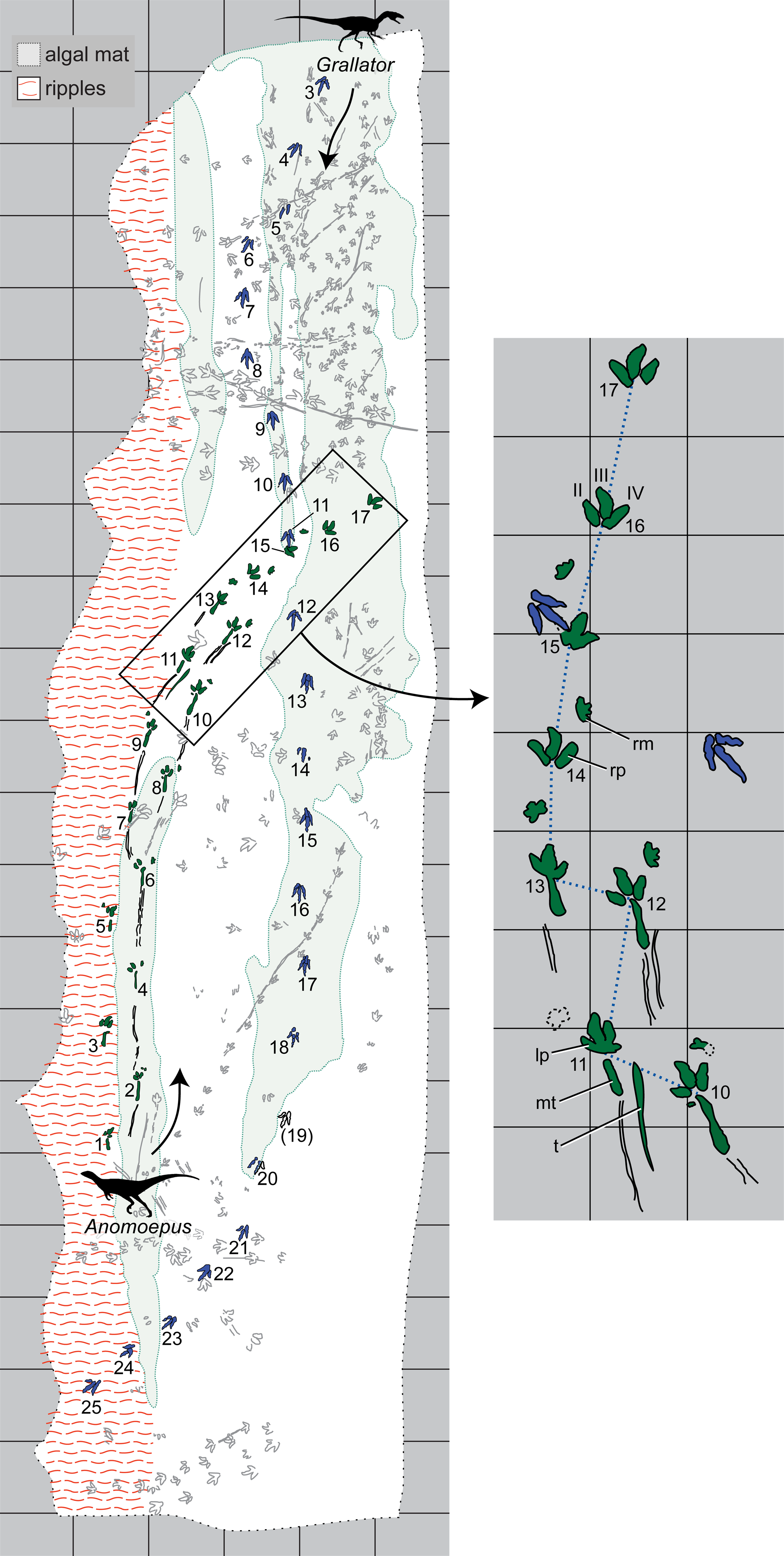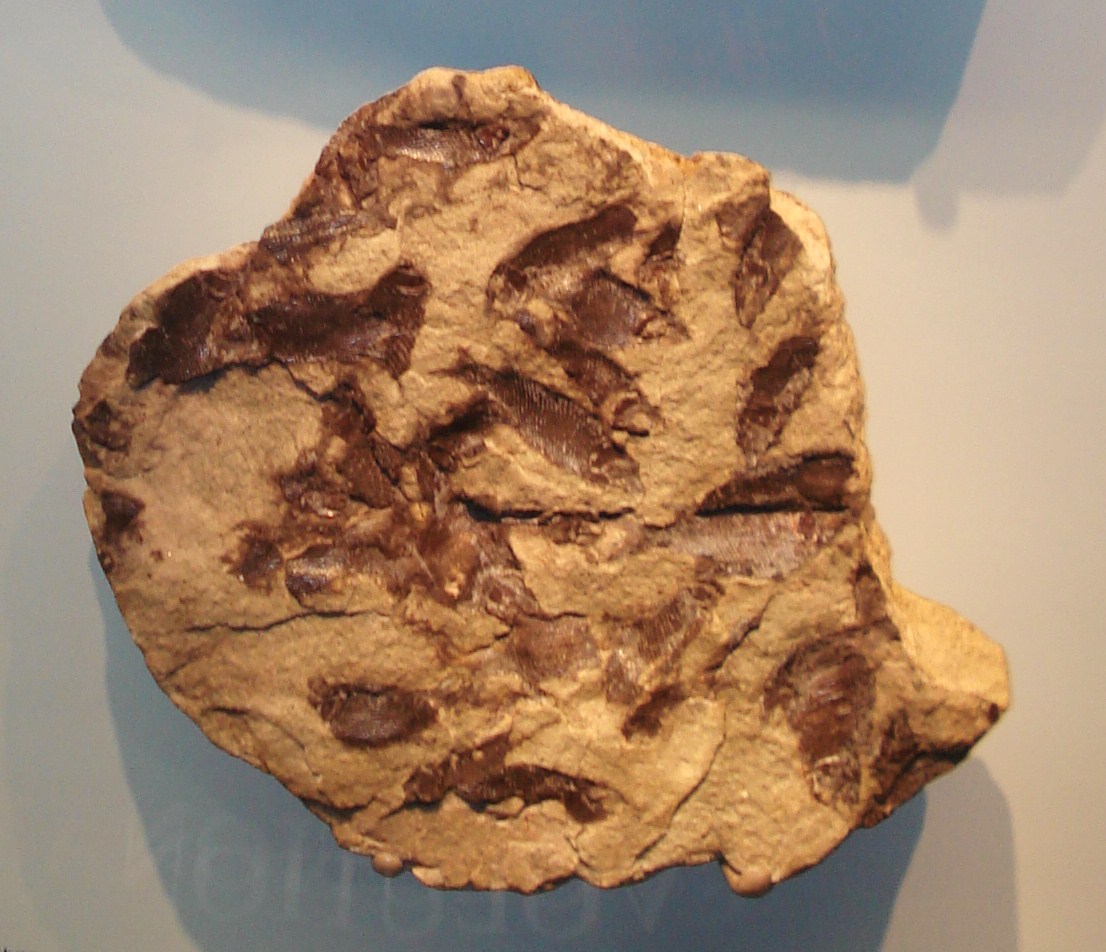|
Boonton Formation
The Boonton Formation is a mapped bedrock unit in New Jersey, formerly divided between the Boonton and Whitehall beds of the defunct Brunswick Formation. It is named for the town of Boonton, New Jersey, which is near where its type section was described by paleontologist Paul E. Olsen. Description The Boonton Formation is composed of reddish-brown to reddish-purple fine grained sandstone, as well as red, gray, purple, and black siltstone and mudstone. Siltstone and mudstone layers can be calcareous and feature dolomitic concretions. A well known fossil fish bed is known to exist in a carbonate rich siltstone near the top of the formation. Additionally, cross-bedded conglomerate layers interfinger with beds of the formation, usually bearing clasts of gneiss and granite. [...More Info...] [...Related Items...] OR: [Wikipedia] [Google] [Baidu] |
Hettangian
The Hettangian is the earliest age and lowest stage of the Jurassic The Jurassic ( ) is a Geological period, geologic period and System (stratigraphy), stratigraphic system that spanned from the end of the Triassic Period million years ago (Mya) to the beginning of the Cretaceous Period, approximately Mya. The J ... Geological time scale, Period of the geologic timescale. It spans the time between 201.3 ± 0.2 annum, Ma and 199.3 ± 0.3 Ma (million years ago). The Hettangian follows the Rhaetian (part of the Triassic Period) and is followed by the Sinemurian. In European stratigraphy the Hettangian is a part of the time span in which the Lias Group, Lias was deposited. An example is the British Blue Lias, which has an upper Rhaetian to Sinemurian age. Another example is the lower Lias from the Northern Limestone Alps where well-preserved but very rare ammonites, including Alsatites, have been found. Stratigraphic definitions The Hettangian was introduced in the literature by ... [...More Info...] [...Related Items...] OR: [Wikipedia] [Google] [Baidu] |
New Jersey
New Jersey is a state in the Mid-Atlantic and Northeastern regions of the United States. It is bordered on the north and east by the state of New York; on the east, southeast, and south by the Atlantic Ocean; on the west by the Delaware River and Pennsylvania; and on the southwest by Delaware Bay and the state of Delaware. At , New Jersey is the fifth-smallest state in land area; but with close to 9.3 million residents, it ranks 11th in population and first in population density. The state capital is Trenton, and the most populous city is Newark. With the exception of Warren County, all of the state's 21 counties lie within the combined statistical areas of New York City or Philadelphia. New Jersey was first inhabited by Native Americans for at least 2,800 years, with the Lenape being the dominant group when Europeans arrived in the early 17th century. Dutch and Swedish colonists founded the first European settlements in the state. The British later seized control o ... [...More Info...] [...Related Items...] OR: [Wikipedia] [Google] [Baidu] |
Theropod
Theropoda (; ), whose members are known as theropods, is a dinosaur clade that is characterized by hollow bones and three toes and claws on each limb. Theropods are generally classed as a group of saurischian dinosaurs. They were ancestrally carnivorous, although a number of theropod groups evolved to become herbivores and omnivores. Theropods first appeared during the Carnian age of the late Triassic period 231.4 million years ago ( Ma) and included all the large terrestrial carnivores from the Early Jurassic until at least the close of the Cretaceous, about 66 Ma. In the Jurassic, birds evolved from small specialized coelurosaurian theropods, and are today represented by about 10,500 living species. Biology Diet and teeth Theropods exhibit a wide range of diets, from insectivores to herbivores and carnivores. Strict carnivory has always been considered the ancestral diet for theropods as a group, and a wider variety of diets was historically considered a characteri ... [...More Info...] [...Related Items...] OR: [Wikipedia] [Google] [Baidu] |
Batrachopus (reptile) ''
{{Genus disambiguation ...
''Batrachopus'' may refer to: * ''Batrachopus'' (reptile), an ichnogenus of crocodylomorph tracks * ''Batrachopus'', a genus of grasshoppers in the family Romaleidae, synonym of ''Antandrus'' * ''Batrachopus'', a genus of fishes in the family Antennariidae, synonym of ''Histrio The sargassum fish, anglerfish, or frog fish (''Histrio histrio'') is a frogfish of the family Antennariidae, the only species in its genus. It lives among ''Sargassum'' seaweed which floats in subtropical oceans. The scientific name comes f ... [...More Info...] [...Related Items...] OR: [Wikipedia] [Google] [Baidu] |
Anomoepus
''Anomoepus'' is the name assigned to several fossil footprints first reported from Early Jurassic beds of the Connecticut River Valley, Massachusetts, USA in 1802. All four feet have left impressions. The smaller forefeet have five toes, whereas the larger hind feet have three toes. There is also an impression which might indicate where the creature rested. The footprints were discovered, amongst others, by a farm boy, Pliny Moody. E.B. Hitchcock, a clergyman, described the ''Anomoepus'' footprints and others as evidence of ancient birds. They have since been identified as belonging to a dinosaur, probably an ornithischian, as indicated by the number of toes and the absence of claws on the rear digits. Trackways assigned to ''Anomoepus'' from Western Australia, Poland and Czech Republic have also been described. ''Anomoepus'' is the name of the footprint, not of the dinosaur, the identity of which remains unknown. Ichnospecies *'' A. scambus'' Hitchcock, 1848 *'' A. ranivorus ... [...More Info...] [...Related Items...] OR: [Wikipedia] [Google] [Baidu] |
Ornithischian
Ornithischia () is an extinct order of mainly herbivorous dinosaurs characterized by a pelvic structure superficially similar to that of birds. The name ''Ornithischia'', or "bird-hipped", reflects this similarity and is derived from the Greek stem ' (), meaning "of a bird", and ' (), plural ', meaning "hip joint". However, birds are only distantly related to this group as birds are theropod dinosaurs. Ornithischians with well known anatomical adaptations include the ceratopsians or "horn-faced" dinosaurs (e.g. ''Triceratops''), the pachycephalosaurs or "thick-headed" dinosaurs, the armored dinosaurs (Thyreophora) such as stegosaurs and ankylosaurs, and the ornithopods. There is strong evidence that certain groups of ornithischians lived in herds, often segregated by age group, with juveniles forming their own flocks separate from adults. Some were at least partially covered in filamentous (hair- or feather- like) pelts, and there is much debate over whether these filaments foun ... [...More Info...] [...Related Items...] OR: [Wikipedia] [Google] [Baidu] |
Ptycholepis
''Ptycholepis'' is an extinct genus of prehistoric ray-finned fish having the head and opercular bones ornamented with ridges of ganoin, minute teeth, and thick scales (which are much longer than deep and are grooved longitudinally on the outer side). ''Ptycholepis'' belongs to the family Ptycholepidae (= Boreosomidae/Chungkingichthyidae). Other genera of this family are '' Acrorhabdus'' (Spitsbergen, Early Triassic), ''Ardoreosomus'' (Nevada, United States; Early Triassic), ''Boreosomus'' (global, Early Triassic), '' Chungkingichthys'' (China, Early Triassic) and ''Yuchoulepis'' (China, Early Triassic). A typical feature of this family is the dorsal fin, which inserts at the level of the pelvic fins in the front part of the body. Other characters include the striated skull bones and scales, and the small teeth. File:Ptycholepis bollensis.jpg, ''Ptycholepis bollensis'' File:Ptycholepis bollensis - Holzmaden.jpg, ''Ptycholepis bollensis'' File:Ptycholepis bollensis - Lyme Regis ... [...More Info...] [...Related Items...] OR: [Wikipedia] [Google] [Baidu] |
Diplurus
''Diplurus'' is a genus of prehistoric mawsoniid coelacanth fish which lived during the Triassic The Triassic ( ) is a geologic period and system (stratigraphy), system which spans 50.6 million years from the end of the Permian Period 251.902 million years ago (Year#Abbreviations yr and ya, Mya), to the beginning of the Jurassic Period 201.36 ... period. References Mawsoniidae Prehistoric lobe-finned fish genera Triassic bony fish Fossils of the United States {{paleo-lobefinned-fish-stub ... [...More Info...] [...Related Items...] OR: [Wikipedia] [Google] [Baidu] |
Coelacanth
The coelacanths ( ) are fish belonging to the order Actinistia that includes two extant species in the genus ''Latimeria'': the West Indian Ocean coelacanth (''Latimeria chalumnae''), primarily found near the Comoro Islands off the east coast of Africa, and the Indonesian coelacanth (''Latimeria menadoensis''). The name "coelacanth" originates from the Permian genus ''Coelacanthus'', which was the first scientifically named coelacanth. Coelacanths follow the oldest-known living lineage of Sarcopterygii (lobe-finned fish and tetrapods), which means they are more closely related to lungfish and tetrapods (which includes amphibians, reptiles, birds and mammals) than to ray-finned fish. They are found along the coastline of Indonesia and in the Indian Ocean. The West Indian Ocean coelacanth is a critically endangered species. The oldest known coelacanth fossils are over 410 million years old. Coelacanths were thought to have become extinct in the Late Cretaceous, around 66 m ... [...More Info...] [...Related Items...] OR: [Wikipedia] [Google] [Baidu] |
Semionotus
''Semionotus'' (from el, σημιον , 'mark' and el, νῶτος , 'back') is an extinct genus of ray-finned fish found throughout Northern Pangaea ( North America and Europe) during the late Triassic, becoming extinct in the Early Jurassic The Jurassic ( ) is a geologic period and stratigraphic system that spanned from the end of the Triassic Period million years ago (Mya) to the beginning of the Cretaceous Period, approximately Mya. The Jurassic constitutes the middle period of .... References External links''"Semionotus elegans"''-Photo-High Res--''"Shuttle Meadow Formation"''-Hartford Basin, Connecticut – www.sunstar-solutions.com–"Basal Jurassic Dinosaur Fossils" Semionotiformes [...More Info...] [...Related Items...] OR: [Wikipedia] [Google] [Baidu] |
Pangea
Pangaea or Pangea () was a supercontinent that existed during the late Paleozoic and early Mesozoic eras. It assembled from the earlier continental units of Gondwana, Euramerica and Siberia during the Carboniferous approximately 335 million years ago, and began to break apart about 200 million years ago, at the end of the Triassic and beginning of the Jurassic. In contrast to the present Earth and its distribution of continental mass, Pangaea was centred on the equator and surrounded by the superocean Panthalassa and the Paleo-Tethys and subsequent Tethys Oceans. Pangaea is the most recent supercontinent to have existed and the first to be reconstructed by geologists. Origin of the concept The name "Pangaea" is derived from Ancient Greek ''pan'' (, "all, entire, whole") and '' Gaia'' or Gaea (, " Mother Earth, land"). The concept that the continents once formed a contiguous land mass was hypothesised, with corroborating evidence, by Alfred Wegener, the originator of the ... [...More Info...] [...Related Items...] OR: [Wikipedia] [Google] [Baidu] |



